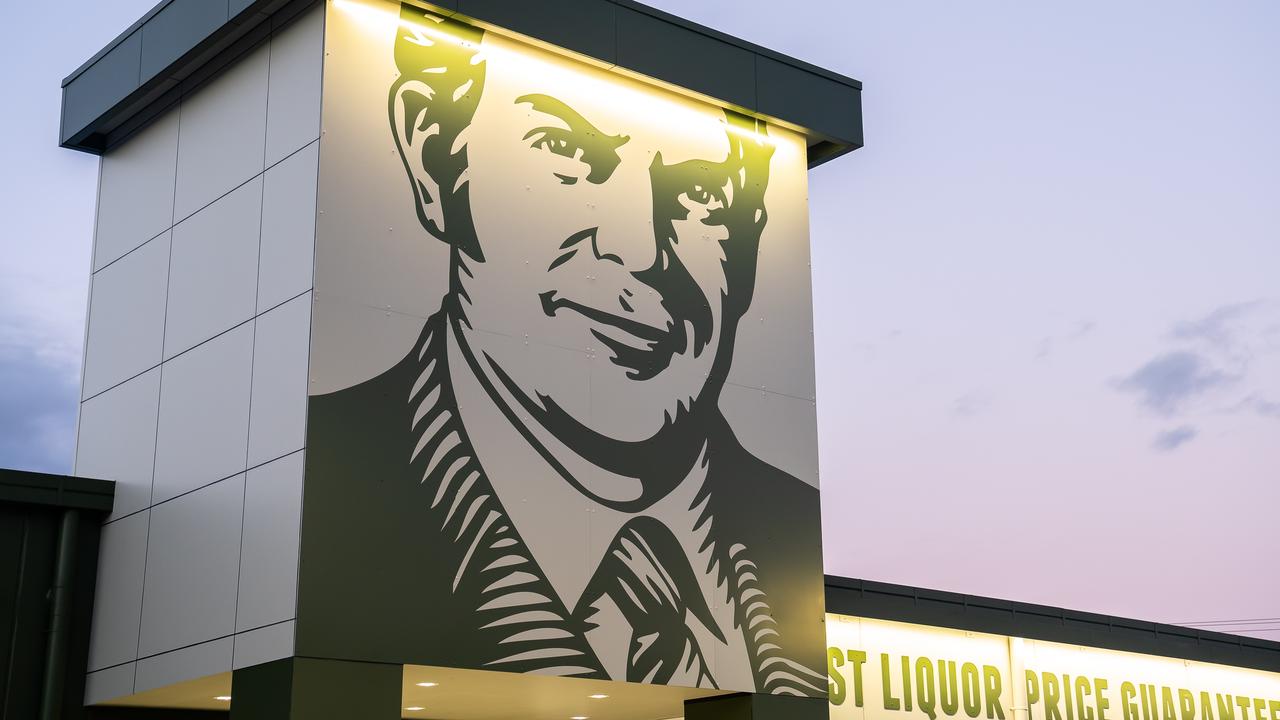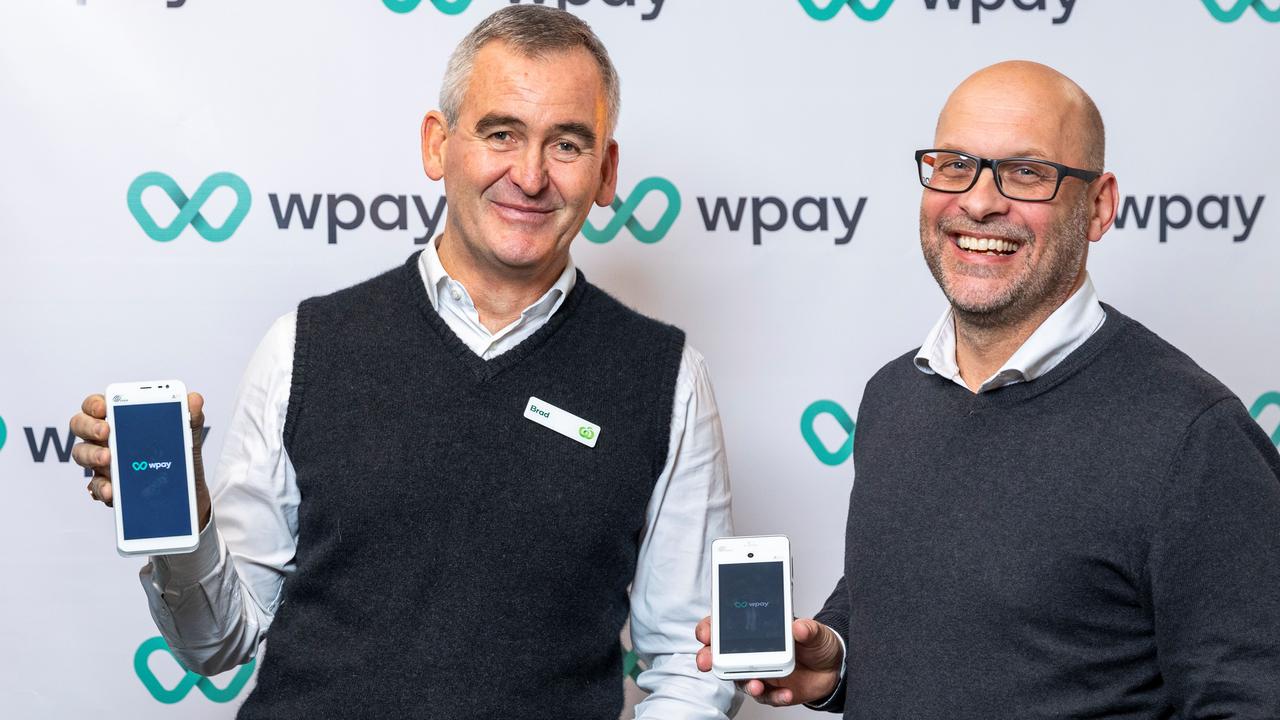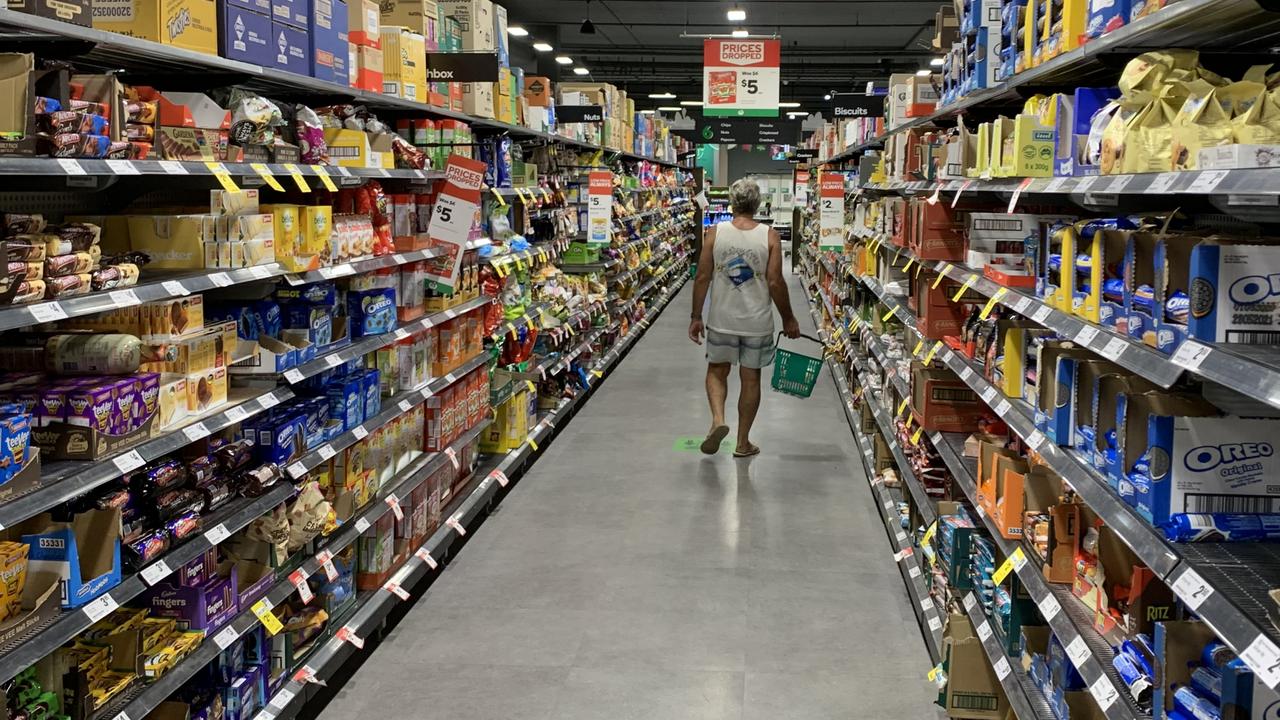Woolworths launches new Wpay payment platform to take on big banks
The supermarket giant has revealed it processes more than 1.3 billion payments a year, worth $50 billion, and is looking to offer shoppers more choice.
Woolworths is set to trial new ways for customers to pay for everything from groceries to booze as it spins its internal payment platform into its own company called Wpay.
Its move will also see it take on the big banks to compete in Australia’s $700 billion payments industry.
The supermarket giant is the fifth largest processor of card payments in Australia settling an annual value of more than $50 billion payments across more than 1.3 billion transactions.
The new payment system will be introduced into Dan Murphy’s and BWS later this month, while Big W already uses the platform in its store.
It will also offer the payment system, which it began building back in 2007, to other retailers outside of the group.
The Wpay team will look to trial new ways to help customers pay digitally in-store in the months ahead, although no further details were provided by Woolworths
Dr Jason Pallant, a retail expert from Swinburne University of Technology and co-host of the Shopology podcast, said he wouldn’t be surprised if that meant introducing a buy now, pay later model for shoppers.
“I think that Afterpay style payment is really popular among consumers,” he told news.com.au. “We’ve seen the uptake of the system really skyrocket, it’s hard to predict what Woolworths will do, but it’s a possibility and it wouldn’t surprise me.”
RELATED: Aussie brand’s $8 million from grocery staple

He added that consumers probably wouldn’t see a difference when tapping their card at the till just yet.
Woolworths group CEO Brad Banducci said it had been investing in its payment capabilities for its own retail businesses for many years.
“Payments are an increasingly important part of the shopping experience both in-store and online and we bring unique expertise to this space as retailers,” he said.
“We’ll continue to invest in our platform to unlock the best possible experience for our stores and merchant partners.”
The banks should be worried about Woolworth’s big move, Dr Pallant added.
“We know consumers are pretty habitual particularly when it comes to finance, so whichever bank came to their school is where their first account is and probably still is,” he said.
“That history and trust you have with a bank can be hard to break … which is why I think something like what Woolworths is doing is a good move as they do have an established history and brand name that a lot of people in other businesses will trust and already have a relationship with.
“It’s definitely something the big banks should at least be moderately concerned about.”
RELATED: Item Aussies ‘crazy’ for builds $20m empire

Woolworths said its Wpay platform would offer integrated in-store and digital payments, including digital cards and wallets, along with gift card program management including sale, redemption and distribution partnerships.
Paul Monnington, currently Woolworths general manager of Fintech, has been appointed the managing director of Wpay.
The former NAB employee said it’s an exciting time in the world of payments with new technology driving better experiences for consumers.
“Wpay enters the sector with a strong Australian pedigree serving high volume retail
brands across food and grocery, fuel, liquor, hospitality and e-commerce,” he said.
“Aside from payments, we know merchants are also looking for simpler ways to integrate gifting, loyalty and direct marketing platforms to engage customers while maintaining direct relationships.”

Dr Pallant added that Woolworths was following an international trend where retailers like Amazon are not just set up as places to sell product, but to also offer data and insights too and Wpay would give them a major advantage to gather more data on people’s shopping habits.
“From a consumer viewpoint, there are so many payment services and there seems to be a new one popping up every day and if businesses choose to engage and use Woolworth’s payment system, it’s a massive retailer that brands and consumers inherently trust,” he said. “They have a lot of data and insights about consumers and having their own payment plan for other retailers and merchants to use, it ultimately gives Woolworths more data about consumers that they might not be catching through shopping data and the Everyday rewards card.”




